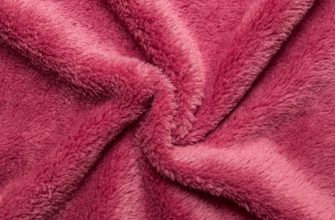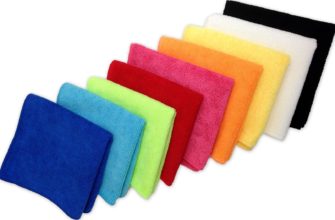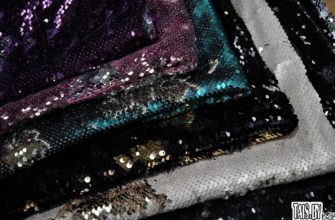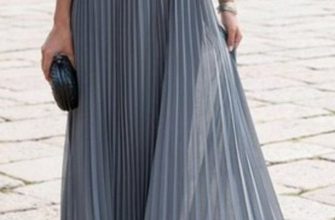Elastane is a synthetic material that stretches well. To improve the quality of clothing, elastane fibers are added to natural textiles.
Thanks to the use of this material, sportswear, underwear or jeans perfectly fit the contours of the figure. The article pays attention to the history and features of production, gives a detailed description of the properties of the material and recommendations for caring for elastane clothing, so what is elastane fabric?
- History of invention
- Features of production
- Lycra and elastane: the same thing?
- Polyurethane and elastane: the same thing?
- Composition and properties
- How much does the material stretch?
- Combination with other materials
- 95% cotton, 5% elastane: what kind of fabric is this?
- 92% cotton, 8% elastane: what kind of fabric is this?
- Viscose 95%, elastane 5%: description
- Application and care
- How to wash
- How to dry
- Pros and cons of the material
- Reviews
History of invention
At the beginning of the last century, the DuPont company in the USA worked on the creation of the following materials, which are actively used today: nylon, kevlar, napalm and teflon. In the middle of the 20th century, the outstanding chemist Joseph Shivers, who worked for this company, conducted experiments with a thermoplastic elastomer. During the observation, he noticed that the material stretched well and had high plasticity after heating. Thus, the company employee created a high-strength fiber. The density of the fabric was 1.1-1.3 g / cm³.
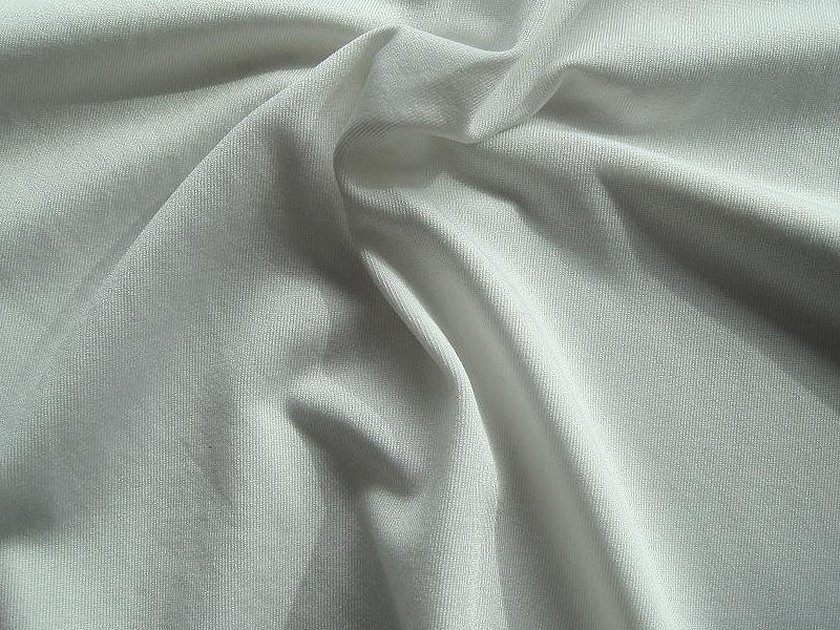
After 20 years, elastane was included in belts, corsets, sports suits and underwear, such as stockings or tights. Clothing based on this fiber quickly became popular. Elastane consists of elastomeric polyurethane threads, which are synthesized from polyurethane rubbers.
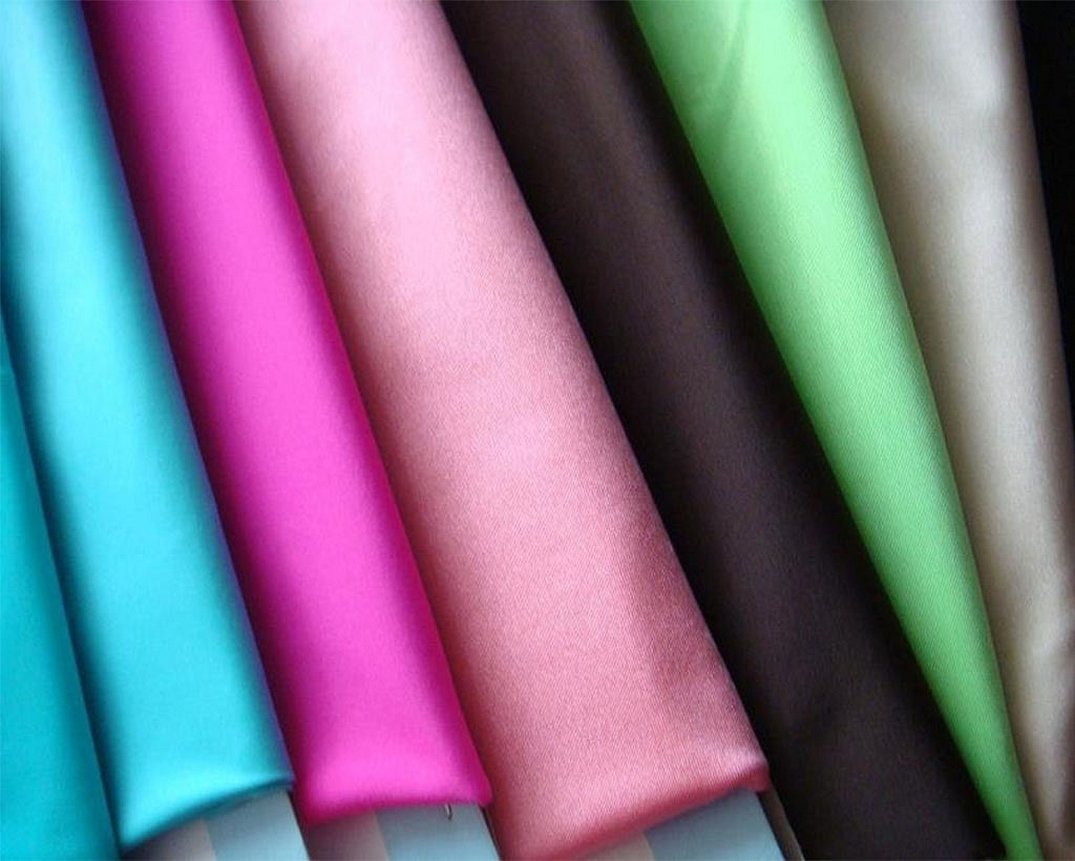
Features of production
Elastane what kind of material? The yarn consists of flexible segments that are fastened together by rigid ligaments. Due to this, the synthetic fabric elastic is highly elastic, like rubber from rubber.
It is possible to create spandex only in laboratory conditions. The main raw material is polyurethane rubber. How to get elastane material? The methods for creating this fiber are as follows:
- transformation during a chemical process;
- creation from a specialized solution;
- injection, for example, from molten polymer.
What is elastane fabric? After the resulting threads have hardened, they are formed into bundles. They are then washed well and dried thoroughly. After this, the threads can be wound onto spools.
Lycra and elastane: the same thing?
What is elastane and how is it different from lycra? Comparing these two concepts is equivalent to comparing the terms "fruit" and "apple". You need to know: are elastane and lycra the same thing or not? Lycra is a segmented polyurethane, which is made from artificial elastane fibers. Lycra thread stretches well. It can be extended 6-8 times. Lycra and elastane are considered the same material.
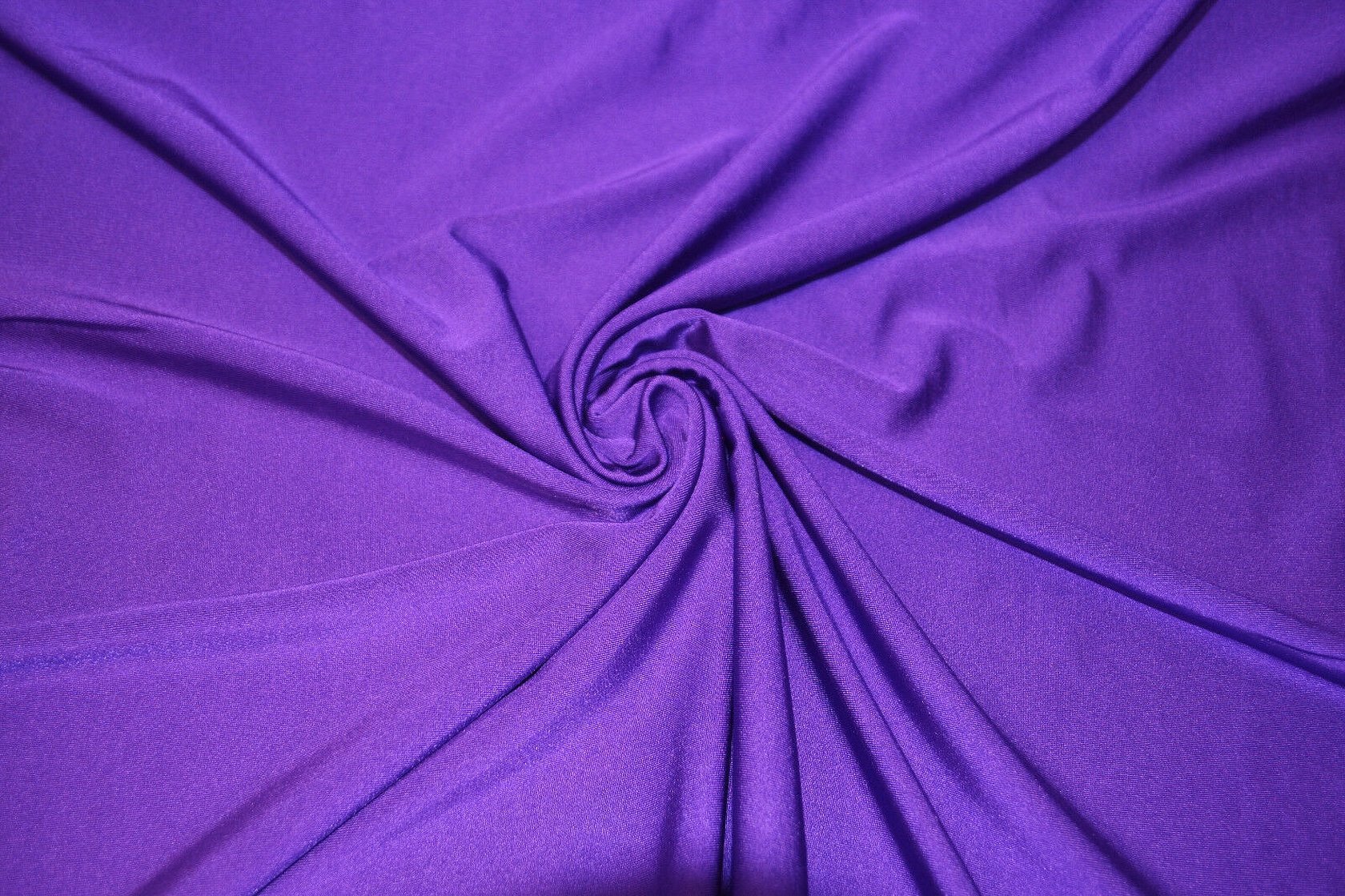
Please note! There is no difference between these concepts, since they are the same material.
Polyurethane and elastane: the same thing?
What is elastane material? Polyurethane is made from the same synthetic fibers. The main raw material is artificial rubber. The main advantage is high tensile strength.
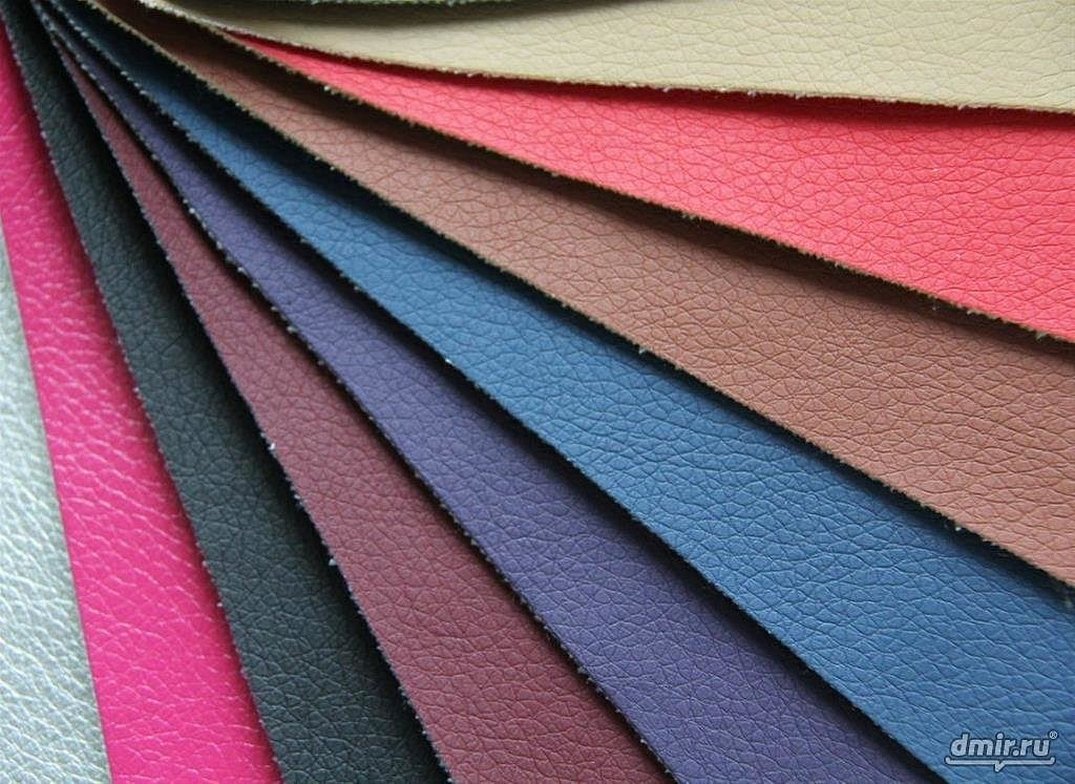
Composition and properties
Elastane is a material made from segmented polyurethane, where flexible segments are connected to each other by strong ligaments or "bridges". This additionally strengthens the strength of the threads.
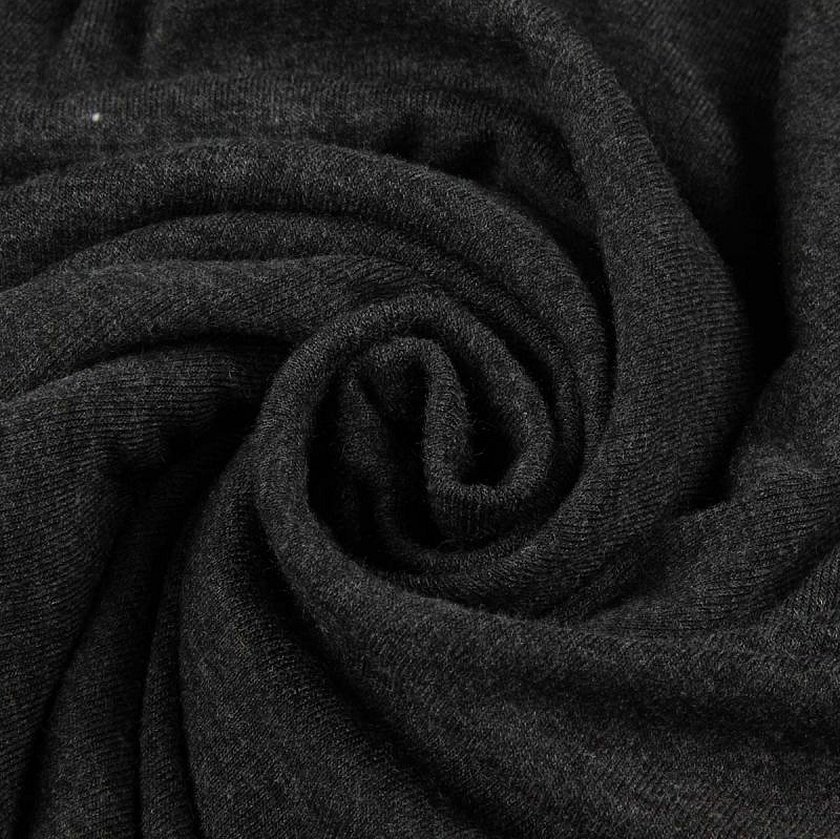
What is elastane? Spandex is divided into two types:
- two-dimensional (the fabric stretches in only one direction);
- four-dimensional (the material stretches both in length and width).
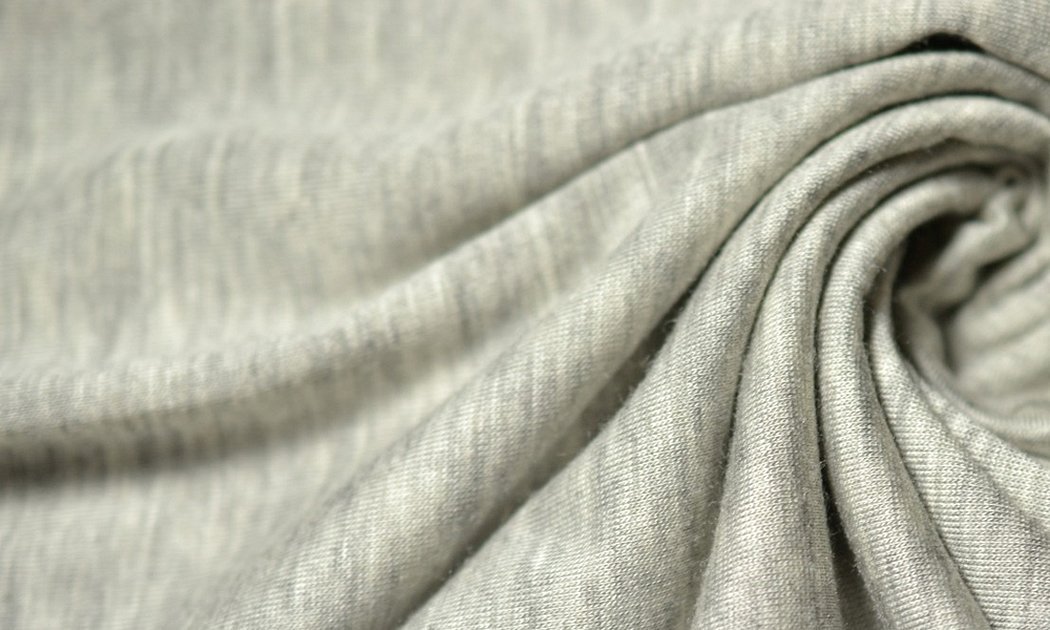
The positive characteristics of this fabric are as follows:
- air passes freely through lycra, allowing the skin to breathe;
- high wear resistance compared to other fabrics;
- Lycra clothing is particularly light because the diameter of the threads is very small;
- the fabric retains its original appearance, without changing after washing or drying;
- the clothes are not subject to fading and are resistant to contact with water;
- Due to the high density, a stretch effect is achieved.
How much does the material stretch?
The stretchability is very high. The thread can be extended 8 times. At the same time, the fabric has excellent elasticity. Even after strong stretching, the clothes will take their original shape, similar to rubber quality.
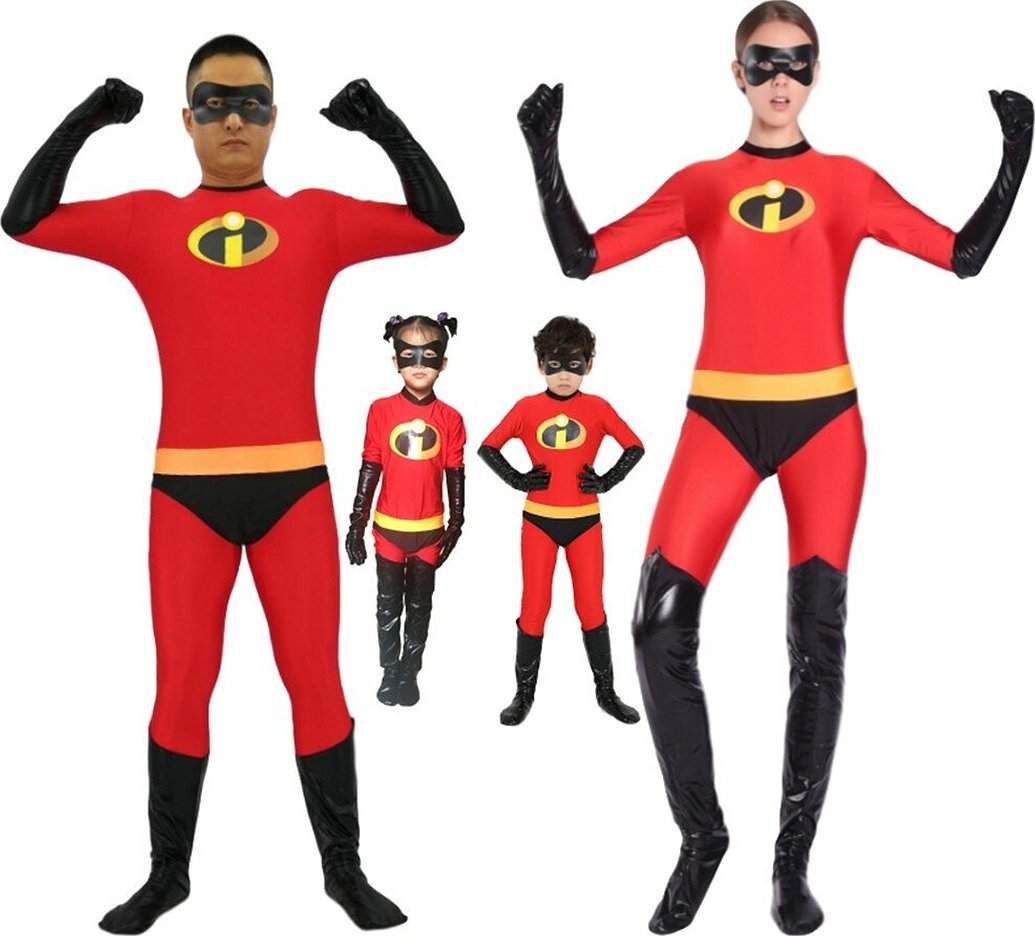
Combination with other materials
Cotton does not have enough elasticity, so a little elastane fibers are often added to it to make the clothes more elastic. If this material is not added to cotton, then any suit will stretch poorly and wrinkle heavily, even despite ironing.
If cotton fabric contains elastane, the clothing will have the following properties:
- increasing strength;
- increase in extensibility;
- the service life of the suit is extended;
- clothes are practically wrinkle-free;
- after washing the fabric does not stretch;
- "Stretch" fits the figure perfectly.
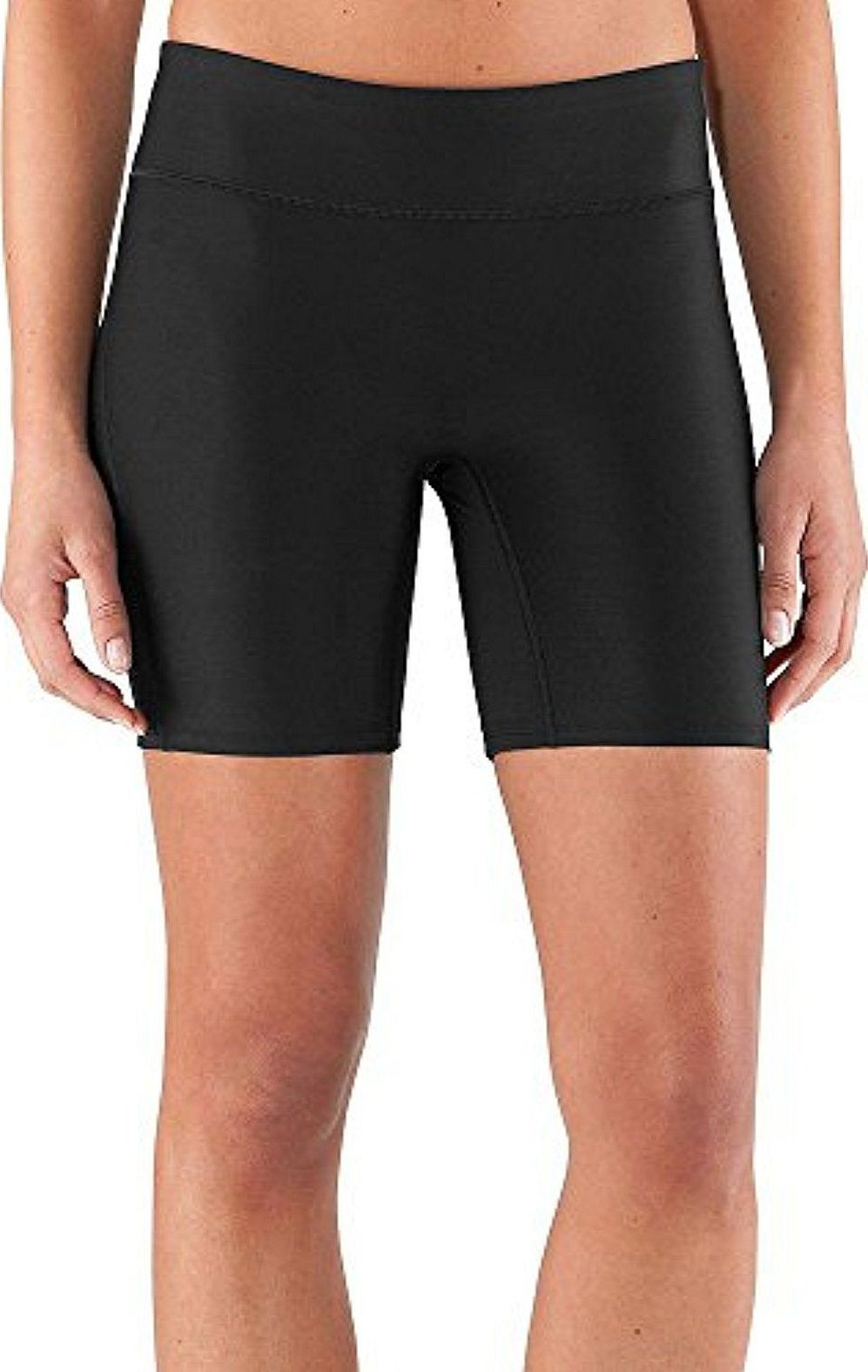
95% cotton, 5% elastane: what kind of fabric is this?
This textile is called "satin" or "stretch cotton". The main advantage of the ratio of elastane to cotton is the "breathing" effect. Most often, business suits or dresses are sewn from this fabric. The material is highly durable and practical. The clothes will fit perfectly. They do not require special care.
Satin differs from other fabrics by its special shine, which makes any evening or cocktail dress look luxurious. Caring for such things is quite simple. Clothes can be washed in low water temperatures. Strong spinning is contraindicated.

92% cotton, 8% elastane: what kind of fabric is this?
The material with such a percentage ratio is pleasant to the touch. Its properties are almost identical to the previous version of the fabric. It also allows the skin to breathe, and the clothes become more durable. Over time, it practically does not change its original shape. Most often, underwear or home clothes are sewn from such fabric. The material does not cause allergic reactions.
Viscose 95%, elastane 5%: description
The structure of viscose resembles the fibers of natural plant materials. Viscose absorbs excess moisture, while the clothes are breathable. This percentage combination of fibers allows the fabric to increase elasticity. Static electricity will not accumulate, while the fabric will remain light.
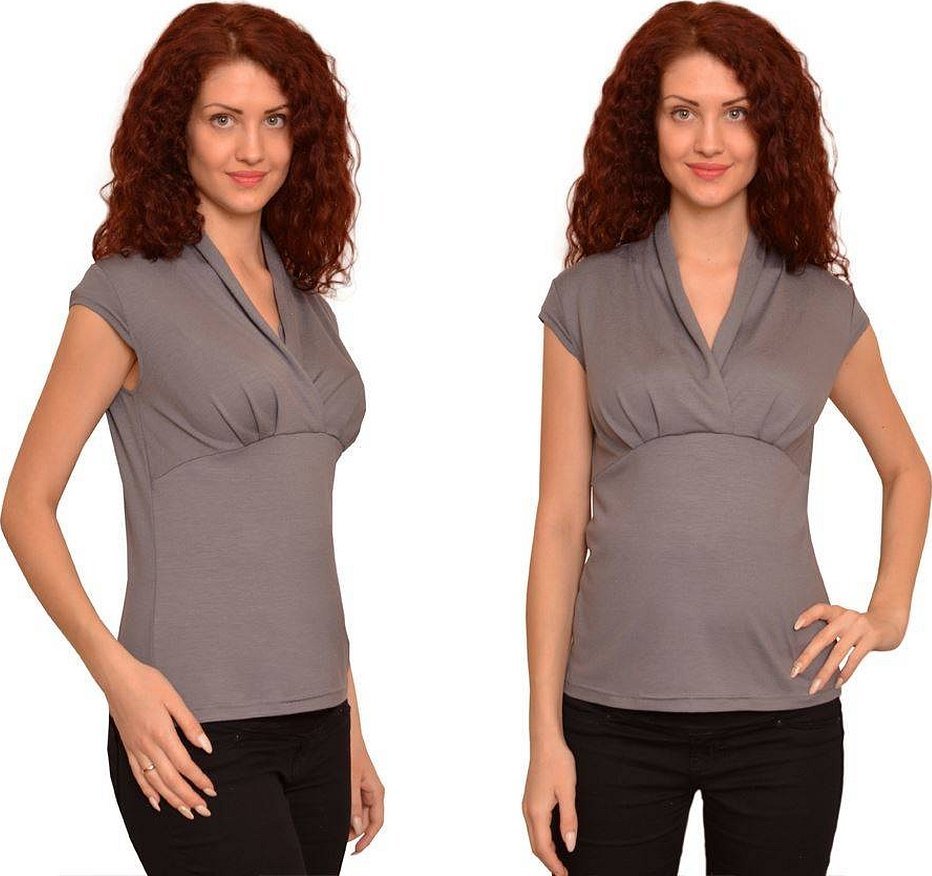
Application and care
Elastane in mixed fabrics is used in the production of clothing:
- for sports and dancing;
- thick spandex is used to make costumes for people;
- involved in alpine skiing and wrestling.
- Lycra is used in the production of swimsuits and swimming trunks.
- Ideal for sewing carnival and circus costumes.
Any item should be cared for according to the instructions. But there are some universal rules that apply to any elastane clothing.
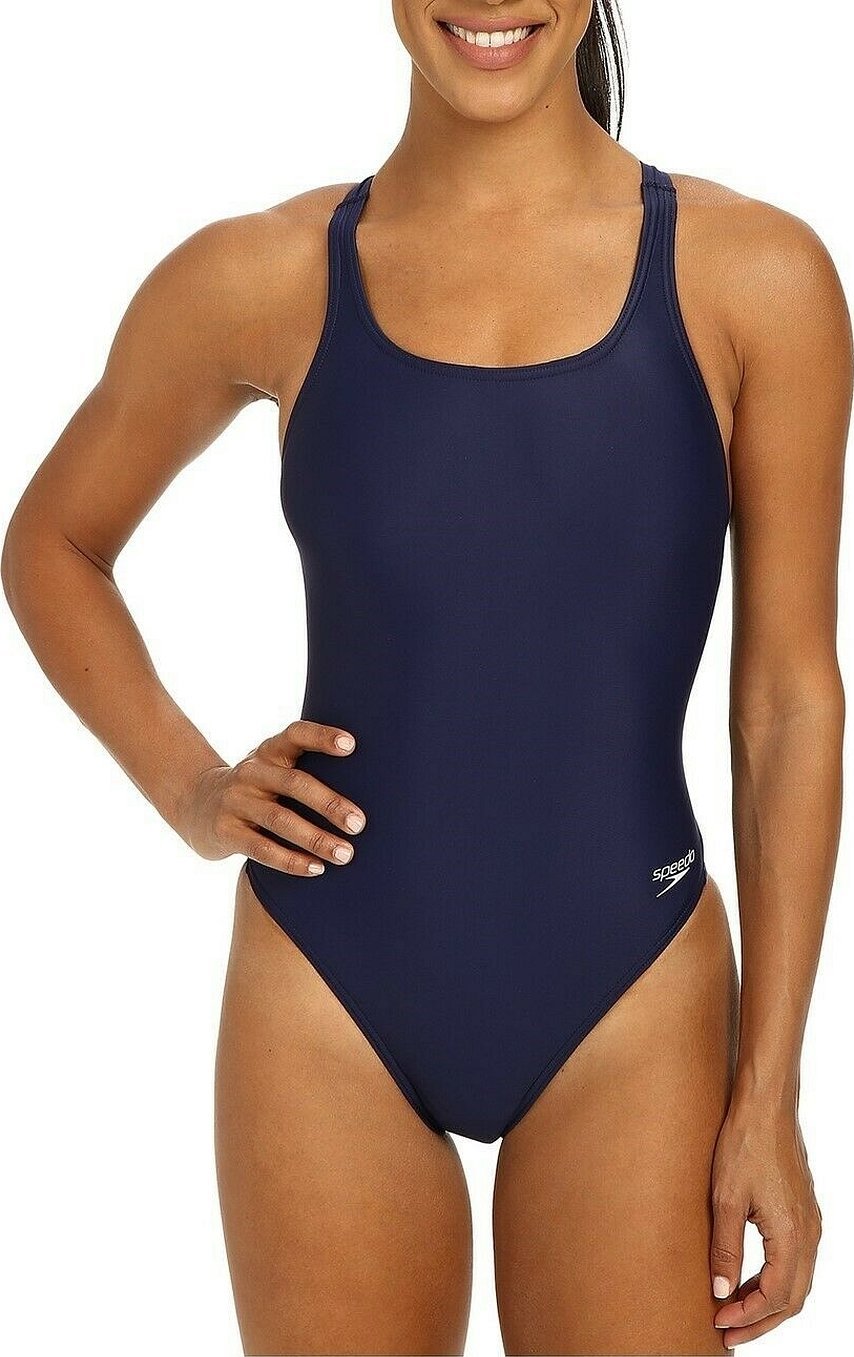
How to wash
The basic rules here are:
- If you are washing by hand, the water should be at room temperature. Use a mild washing powder for delicate fabrics. Do not wring or squeeze the clothes too much.
- In the washing machine, select the "hand wash" or "delicate" mode. The water temperature should not exceed 40 degrees. Spinning at 400 rpm is quite sufficient.
- White clothes are washed separately from colored items.
- No conditioners, bleaches or stain removers should be used.
How to dry
General recommendations:
- In no case should such clothes be dried for a long time in a stretched form. Long drying and further storage on a hanger-hanger can deform the clothes.
- Direct sunlight should not fall on a wet item.
- Dry only on a smooth surface. The item must be straightened out.
- Tumble drying is prohibited.
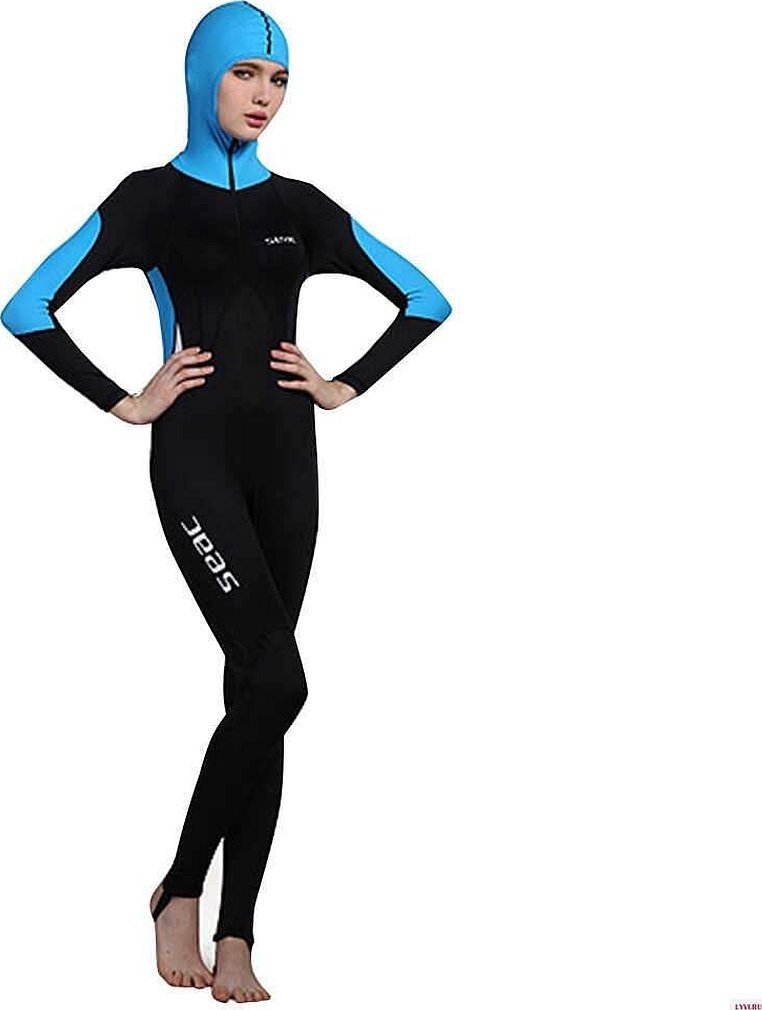
Important! When ironing, high iron temperature is unacceptable. Set the "silk" or "delicate" mode. Iron slightly damp clothes.
Pros and cons of the material
What is elastane fabric? The material has many positive properties. Here are just a few of them:
- elasticity;
- the ability of clothing to retain its original appearance even after strong stretching;
- wear resistance;
- stretch effect due to high density;
- It is the spandex fibers that are able to beautifully fit the figure, while wearing such clothes is very comfortable;
- Due to the softness of the material, the blended fabric is easy to drape;
- the skin “breathes” despite the presence of synthetics in clothing;
- any stain can be easily removed with a regular rinse;
- The fabric practically does not wrinkle or wear out. Lumps will not form on such clothes.
Negative properties follow from the artificial origin of the matter. The main disadvantages of synthetics are the following:
- the possibility of developing an allergy, especially if the skin is highly sensitive.
- accumulation of static electricity.
- Elastane practically does not absorb water. In the summer, the skin sweats heavily and overheats in such clothes, since the material itself is “non-breathable”, despite its high air permeability.
- If the fabric is exposed to chlorine or direct sunlight, the clothing may become very thin and its structure will be damaged.

Additional information! Polyurethane should not be confused with polyester or polyamide. These materials differ in their properties, composition and production method.
Reviews
Margarita, Tobolsk: "I didn't know about the material before, what kind of fabric is elastane? A friend advised me to buy it. I bought lycra leggings, I'm very happy! Not only that, they tighten well, but they're also easy to wash. I bought several colors."
Mikhail, Voronezh: "I work with children in kindergartens, and my job constantly requires various carnival costumes. I only take elastane ones, they are very cool, bright, light - a real pleasure!"
Zhanna, Vologda: "I go to the gym very often, I bought a suit made of lycra. I'm happy with it so far (my figure allows me to wear tight clothes), the suit is easy to wash."
The description of the material is dominated by positive reviews. This is especially due to the high elasticity of the fibers. Everyone likes that clothes containing lycra are highly durable and wear-resistant. The only negative point concerns the artificial origin of the fabric.

